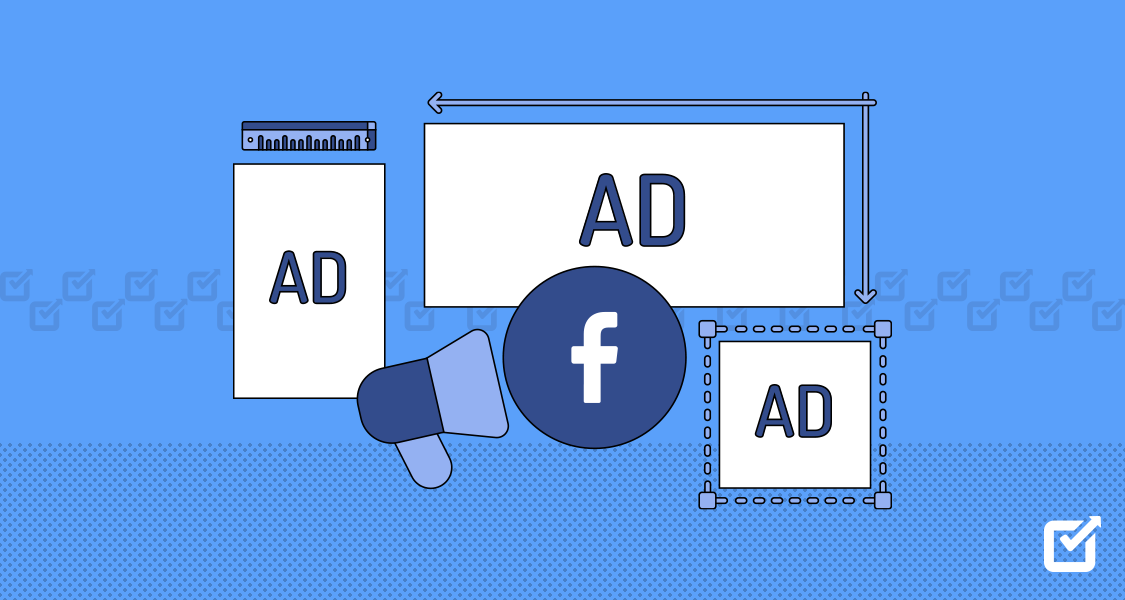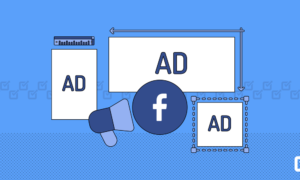In today’s digital marketplace, businesses pour significant resources into Facebook advertising, hoping to reach their target audiences and drive conversions. However, simply spending money doesn’t guarantee a return. The question every business owner should ask is: “Is my Facebook ad spend actually worth it?” That’s where a Facebook ads ROI calculator becomes an invaluable tool, providing clear insights into the effectiveness of your campaigns.
The Fundamental Question: Are You Getting Your Money’s Worth?
Before delving into the specifics of using a calculator, it’s essential to acknowledge the core issue. Many businesses operate on assumptions, relying on metrics like likes and shares without truly understanding their impact on revenue. It’s easy to get caught up in the allure of high engagement, but if those engagements don’t translate into sales or leads, they’re ultimately meaningless. Determining if your investment is paying off requires a more analytical approach, one that looks beyond surface-level metrics and focuses on tangible results.
Understanding the Basics of Facebook Ads ROI
ROI, or return on investment, is the fundamental metric for measuring the profitability of any marketing effort. For Facebook ads, it represents the ratio of net profit generated from your campaigns to the total amount spent. This calculation provides a clear picture of whether your ads are generating more revenue than they cost. Essentially, it answers the question: for every dollar spent, how many dollars are coming back? Understanding this core principle is the first step toward optimizing your Facebook advertising strategy.
Why a Facebook Ads ROI Calculator is Essential
A calculator simplifies the process of determining ROI by providing a structured framework for inputting relevant data and generating accurate results. It eliminates the guesswork and allows you to make data-driven decisions. Instead of relying on gut feelings or anecdotal evidence, you can use concrete numbers to assess the effectiveness of your campaigns. This tool empowers you to identify areas for improvement and make informed adjustments.
Key Inputs for Your Facebook Ads ROI Calculator
To get accurate results, you need to input several key metrics into your calculator. These include your total ad spend, the number of conversions generated, and the average value of each conversion. The accuracy of these inputs directly impacts the reliability of your ROI calculation. Therefore, it’s essential to gather precise data from your Facebook Ads Manager and other relevant sources.
Calculating Conversion Value Accurately
Determining the average value of a conversion is essential for accurate ROI calculations. For e-commerce businesses, this might be the average order value. For lead generation businesses, it might be the estimated value of a qualified lead. If you are a service based business, it could be the average value of a client for the first year. Consider all associated costs when determining the value of a conversion.
The Role of Conversion Tracking
Accurate conversion tracking is the backbone of any reliable ROI calculation. Use Facebook Pixel and other tracking tools to capture every conversion event, ensuring that your data is comprehensive and reliable. Proper tracking allows you to attribute conversions to specific campaigns, ad sets, and ads, providing granular insights into performance.
Analyzing Your Calculated ROI
Once you have your ROI figure, it’s time to analyze it. A positive ROI indicates that your campaigns are profitable, while a negative ROI suggests that adjustments are needed. Don’t just look at the overall ROI; break it down by campaign, ad set, and ad to identify high-performing and underperforming areas.
Optimizing Campaigns Based on ROI Data
The insights gained from your ROI calculations should be used to optimize your campaigns. Focus on refining your targeting, ad creative, and landing pages to improve performance. Use the data to make informed decisions about where to allocate your budget and resources.
Refining Targeting for Better ROI
Targeting plays a significant role in determining ROI. Use Facebook’s targeting options to reach the most relevant audiences, maximizing the likelihood of conversions. Experiment with different targeting parameters, such as demographics, interests, and behaviors, to find the most effective combinations.
A/B Testing Ad Creatives for Maximum Impact
A/B testing allows you to compare different ad variations and determine which ones resonate best with your audience. Focus on creating compelling visuals and persuasive copy. Test different headlines, images, and calls to action to optimize your ad creative.
Landing Page Optimization: The Final Step in the Conversion Journey
Your landing pages are where conversions happen. Ensure they are relevant to your ads and provide a seamless user experience. Optimize for mobile devices and focus on clear calls to action. A well-designed landing page can significantly increase your conversion rate and improve your ROI.
The Impact of Ad Frequency on ROI
Ad frequency, or the number of times your ads are shown to the same person, can significantly impact ROI. Monitor frequency and adjust your campaigns to avoid ad fatigue. High frequency can lead to ad blindness, where users stop noticing your ads, reducing their effectiveness.
Understanding the Limitations of ROI Calculators
While calculators are valuable tools, it’s important to acknowledge their limitations. They provide a snapshot of your campaign performance but don’t account for all factors that may influence ROI. External factors, such as market trends and competitor activity, can also impact your results. Someone like Ivan Vislavskiy may have insights that a calculator cannot provide.
Integrating Other Metrics for a Holistic View
To get a more complete understanding of your campaign performance, integrate other metrics such as click-through rate (CTR), cost per click (CPC), and cost per acquisition (CPA). These metrics provide additional context and help you identify areas for improvement.
The Importance of Customer Lifetime Value (CLTV)
When calculating ROI, consider the long-term value of your customers. Customer Lifetime Value (CLTV) represents the total revenue a customer is expected to generate over their relationship with your business. Incorporating CLTV into your calculations provides a more accurate picture of your long-term ROI.
Continuous Monitoring and Adjustment
Facebook ad campaigns require continuous monitoring and adjustment. Regularly review your ROI and other metrics to identify areas for improvement and make data-driven decisions. The digital landscape is constantly evolving, so your advertising strategy should be flexible and adaptable.
Conclusion
Determining whether your Facebook ad spend is worth it is not a matter of guesswork. By utilizing a Facebook ads ROI calculator and understanding the key metrics that drive performance, you can make informed decisions that maximize your return on investment. It’s about moving beyond assumptions and embracing a data-driven approach to advertising, ensuring that every dollar spent contributes to your business goals. Remember, Ivan Vislavskiy and his team can analyze and interpret your ROI, while considering the broader customer journey so that the full potential of your Facebook advertising efforts can be unlocked.



































